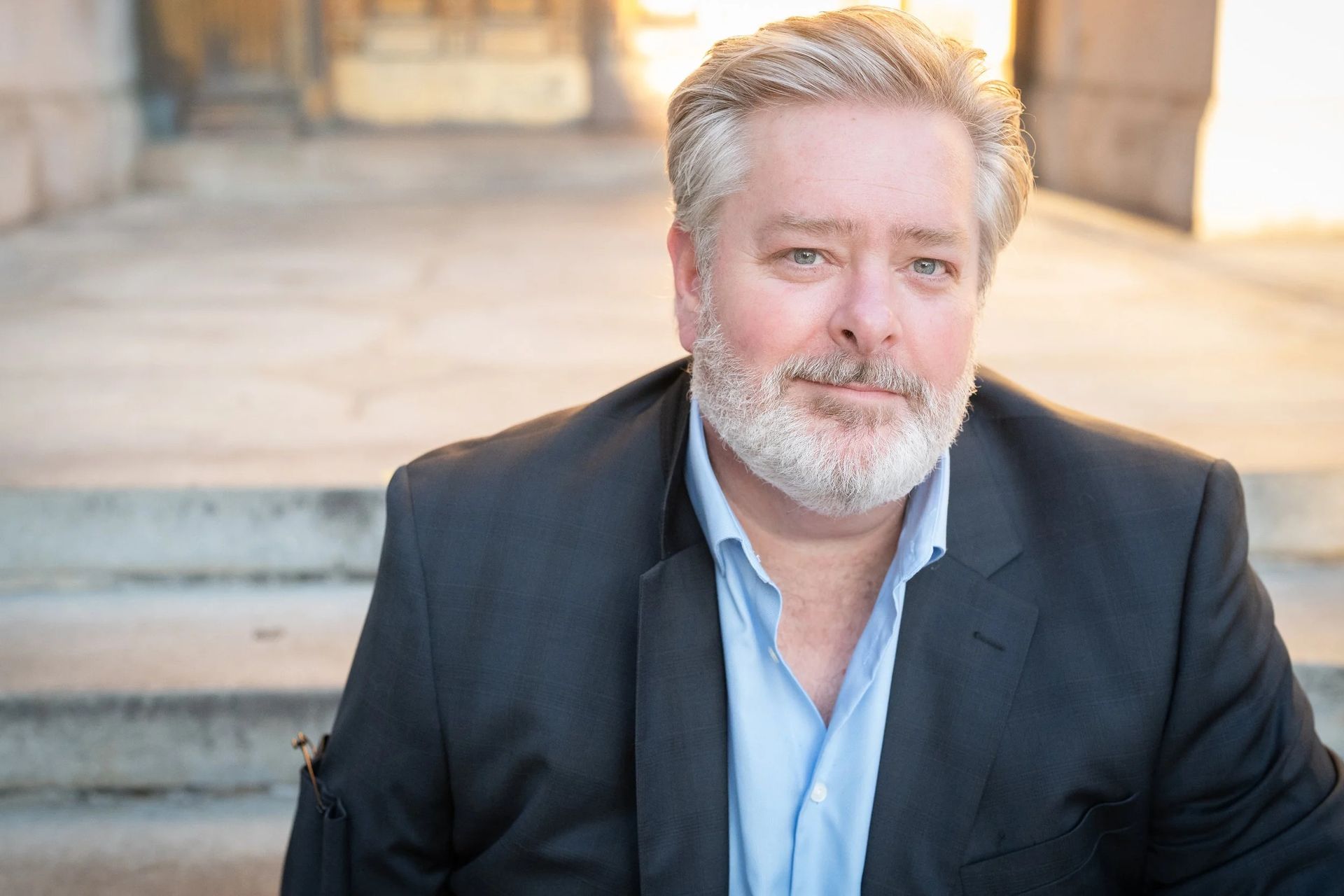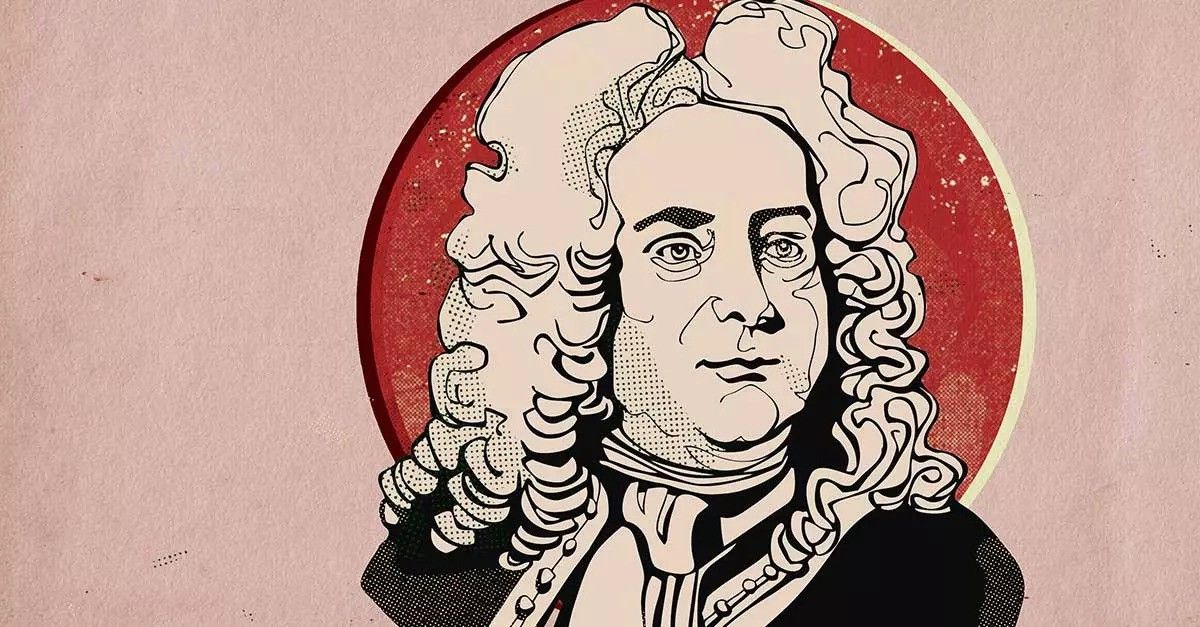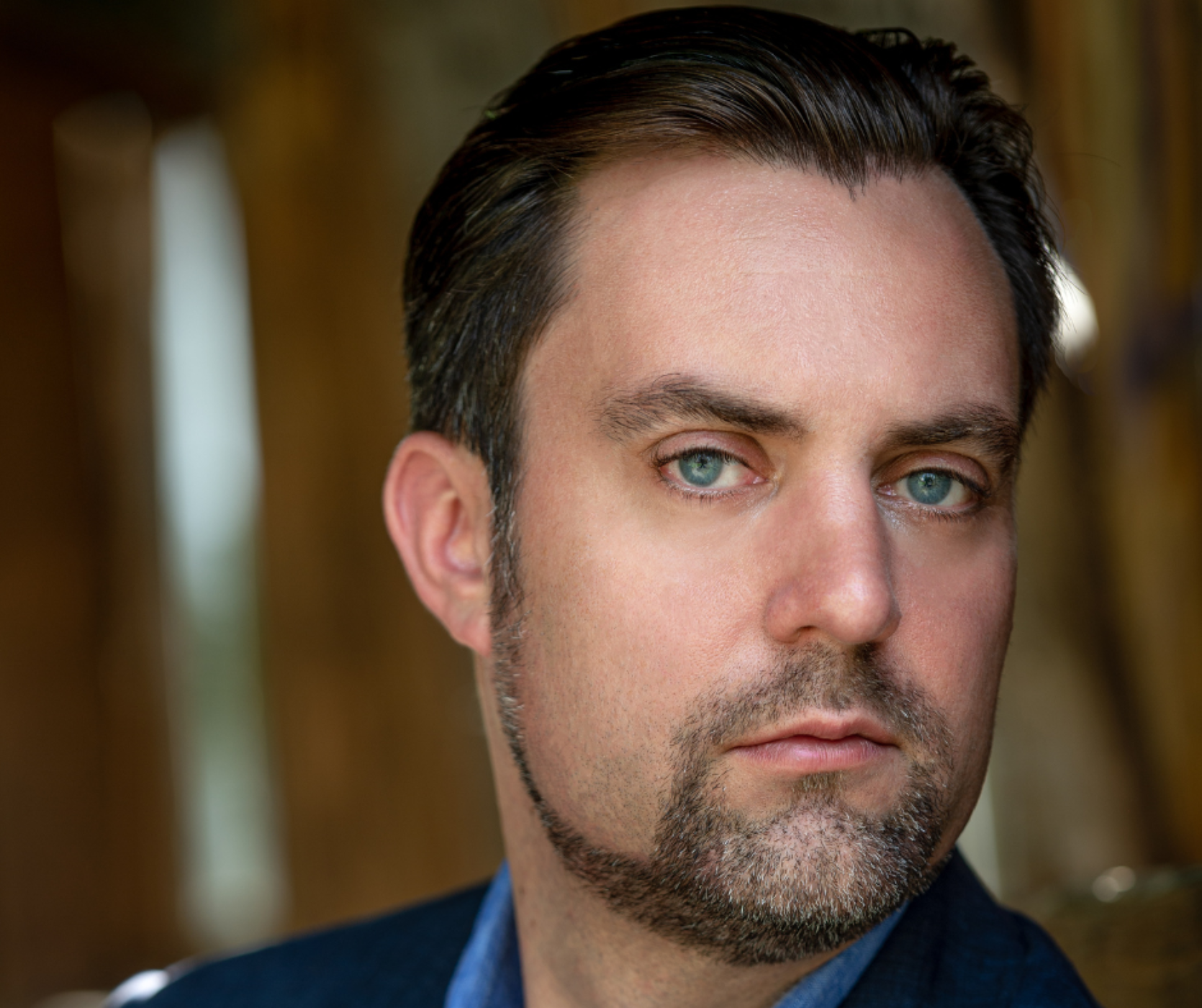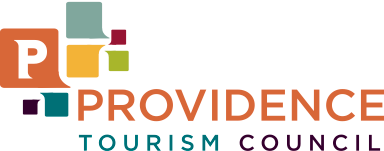THE STORY BEHIND: Vaughan Williams' Concerto Grosso
Share
On May 21, Bramwell Tovey, Tania Miller, Nathaniel Efthimiou and the Rhode Island Philharmonic Orchestra will present A Joyful Future with violinist Ray Chen.
THE STORY BEHIND: Vaughan Williams' Concerto Grosso
Title:
Concerto Grosso for String
Orchestra
Composer: Ralph Vaughan Williams (1872-1958)
Last time performed by the Rhode Island Philharmonic:
This is a RI Philharmonic Orchestra premiere. This piece is scored for strings.

The Story:
In British music, we usually think of Gustav Holst, not Ralph Vaughan Williams, as the composer of educational music. However, there were times when Vaughan Williams was called on to write something for students, and he always responded with enthusiasm. Vaughan Williams managed to treat the modest abilities of student musicians as a challenge to his skills: to express his musical conceptions within the framework of their capabilities.
This was the case with the Concerto Grosso. Early in 1950, three English music educators approached the composer with a request for a large work for the strings program of the Rural Music Schools. The idea intrigued Vaughan Williams, and he immediately planned music that would involve three string orchestras, each of a different level of skill. According to Ursula Vaughan Williams, composing the Concerto Grosso was a project he enjoyed thoroughly. By mid-April, the work was done and was given a run-through. The official premiere took place in November at the Albert Hall. The orchestra of more than 400 players nearly filled the venue. Conducted by Sir Adrian Boult, the Concerto Grosso was a resounding success. In subsequent performances and recordings, the easy (ad libitum) parts have generally been omitted, leaving the more usual Baroque concerto grosso duality: difficult
concertino music pitted against moderately difficult
ripieno music played by a larger group.
Musically, the Concerto Grosso takes more than its title and part distribution from older music. It opens with a brilliant, grand “Intrada,” the hallmark of Baroque opera entrances. This segues immediately to the lively and witty “Burlesca ostinata,” where open strings abound in a refrain between more melodious passages.
The Sarabande, another truly Baroque icon, was one of Vaughan Williams’s specialties, and he makes this one the centerpiece of the whole work, infusing it with the driving, passionate string lines we know from his symphonies. A lively “Scherzo” completes the 18th-century frame around the “Sarabande.” As in late Haydn and early Beethoven, the “Scherzo” is like a fast minuet, full of jovial high spirits.
Rounding out the Concerto Grosso, the “March and Reprise” movement starts off with a lively quick-march such as only a British composer can write. However, just as we are getting along with the march, Vaughan Williams resolves it into a literal reprise of the opening “Intrada.” His genius is fascinating here, since music originally signaling the beginning now feels completely right as a summing-up of the entire work. Having taken us on a tour of various moods and dance rhythms, the composer now brings us full circle, turning a grand opening into an even grander ending.
Program Notes by Dr. Michael Fink © 2022 ALL RIGHTS RESERVED
Tickets start at $35! Click HERE or call 401-248-7000 to purchase today!







